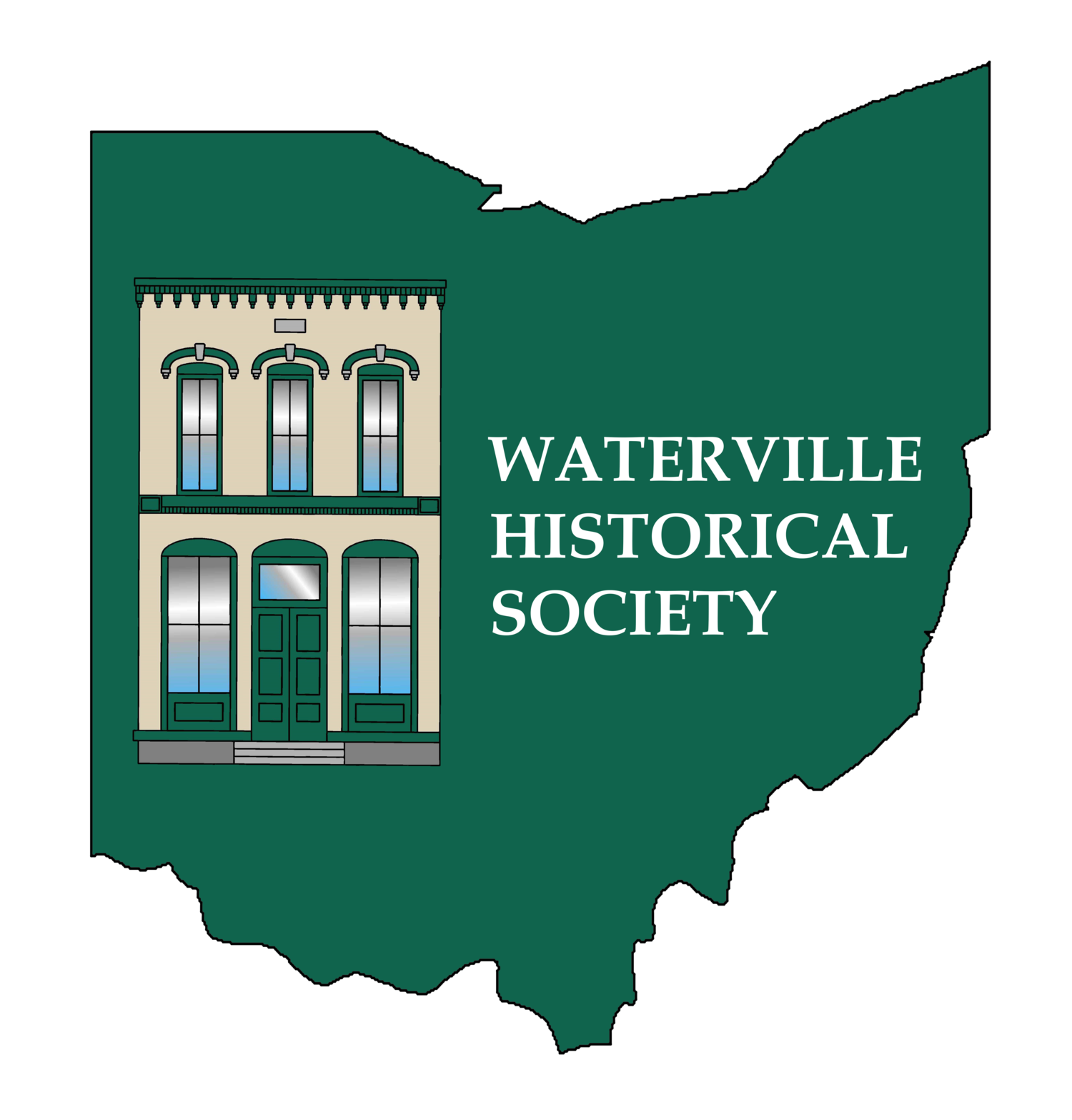WATER FOR WATERVILLE ~ RESOLUTION No. 17 IN 1925
Prior to 1925 the only source of water for the villagers of Waterville was a cistern collecting rain water or a shallow well on each lot. Some may have used water from the river, especially in the early years.
The 20th century brought advances in the science of health, fire safety and indoor plumbing among many other things. The village residents petitioned for a municipal water system in 1925 and village council passed Resolution 17 setting up an election for permission to sell bonds to finance the project. The measure was passed in November 1925 and early 1926 council passed a series of resolutions and ordinances selling bonds, calling for bids and letting contracts to build the system. The State of Ohio Health Department, in approving the plan, noted that the village population of 779 residents was unlikely to grow beyond the railroad tracks at the western end of the village. A deep well was placed outside the village between the steam rail line and the Ohio Electric railway (probably near the location of the present water tower in Conrad Park.) A pump house and 50,000 gallon water tower were constructed on this site and water lines were laid throughout the village. Permission to cross the New York, St. Louis and Western Railroad right of way in several places was sought and granted. By December 1926 the lines were complete and water taps being sold. The very first water tap was sold to Frank Bucher, for $18.37, followed by Herman Gschwend and the Methodist Parsonage. Others were Howard Squire’s house, Mrs. Mary Miller, Fred Starkweather, Roger Farnsworth, Will Welch, Clarence Dodd and Ed Welch, David Welch and Charles Kurtz in 1926. Those interested in other taps made should visit the Wakeman Archival Center to see if your relatives are listed.
Some years later in 1936 the village built its own water treatment plant using water from the Maumee River, and the well was abandoned. The original water tower was torn down and replaced with a larger tower. The brass plaque in the photo was taken from the original tower. Also, just for the record, the Wilkshire and Fowler (Ohio & John Street) subdivisions west of the railroads requested extension of the water lines to their streets within a year of completion of the original system.
Authors note: The paperwork for this story, including the original signed petitions, the resolutions and ordinances by the Village Council and maps of the village water distribution lines are all held in the Wakeman Archival Research Center and may be viewed by any interested visitors.
